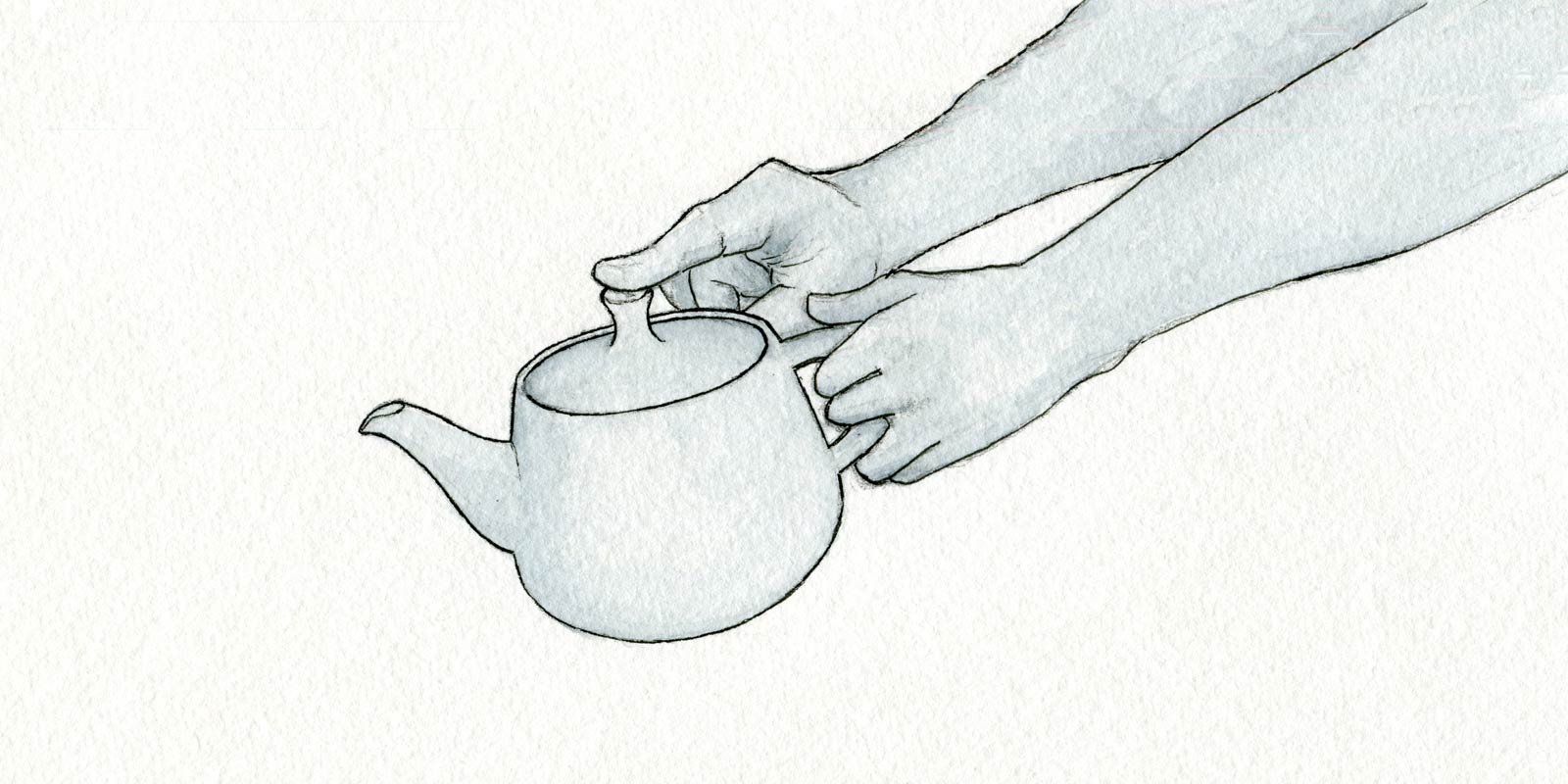We can’t help but think in human scale when trying to explain concepts. The objects we can grasp in the real world can become a reference point for describing a number of things: a comparison, a structure, a volume, an interaction. Whether intentional or not, they may also reflect the time or place of the person doing the explaining. Does that world ring true for your users?
How universal is it?
Have you ever heard the phrase “is it bigger than a breadbox“? This is the standard question for guessing the size of a mystery object in the game Twenty Questions, popularized in the 1950’s TV game show What’s My Line. I remember being puzzled about the phrase because we ate bread, but we’d buy bread in a wrapper. There was no need for another type of storage because the wrapper would keep it from going stale too fast; we’d just keep the bread on the kitchen counter. Where was the box..? There are many sizes and shapes of bread, so the box sizes one might envision could end up being quite different.
Using a “breadbox” metaphor also assumes you eat bread. If, like the majority of people in the world, you grew up eating rice, tortillas, or any of a number of other cereal grains, it becomes an odd concept on multiple fronts: it’s a specialized household good, used for a particular method of freshness, for a foreign food. While the metaphor may have worked reasonably well for a particular time and place, it is by no means universal.
The shape of things
The objects you choose, even when they effectively communicate concepts, can still carry a hint of their origins. Two of my favorite examples of objects used to communicate concepts both come from a quintessentially British frame of reference: the teapot.
As I learned about computer graphics, the 3D primitives had building blocks like spheres, boxes, cylinders, and the like…and, inexplicably at the time, a teapot. I eventually tracked down a footnote about the Utah teapot model, created by Martin Newell in 1975. Why a teapot? He’d needed a common object to model for his computer graphics research, and his wife Sandra suggested their tea service. After he modeled the geometry of the teapot by hand with mathematical formulas, he made it publicly available to other researchers and it spread from there. It’s bit of a CGI inside joke now, and I was delighted to find one of these models of teapots while on a site visit to the Pixar campus years ago. I also had the pleasure of working with Martin Newell himself, as he was a fellow at Adobe and part of the advanced technology group of image scientists.
That teapot may have also been a nod to another famous teapot used in a classic example of a logical fallacy. The philosopher and logician Bertrand Russell used a teapot in an analogy about assertions. His idea was this: if you assert that there is a teapot orbiting the sun somewhere between Earth and Mars, one that is too small to be seen, the burden of proof should be upon you to prove it…not upon me to disprove you. Carl Sagan described it as such: “Your inability to invalidate my hypothesis is not at all the same thing as proving it true.” In a larger context of weightier philosophical discussions, the mental image of a tiny teapot in space is both approachable and absurd enough to make the idea memorable.
Echoes from the past
Software and websites are full of representations of objects that carry through over time. Object metaphors like the floppy disk, which became deprecated as a storage medium many years ago, live on to vex icon designers. The object may have disappeared, but the metaphor lives on. Even when objects are still understood, they can change for a variety of reasons (as shown by the different theories why Microsoft changed the Trash to the Recycle Bin).
References to real objects, especially objects small enough to interact with, can make an interface more understandable and personal..but only if they are commonly understood. Think of how you use objects to communicate concepts, and what they may also communicate about you.


Leave a Reply